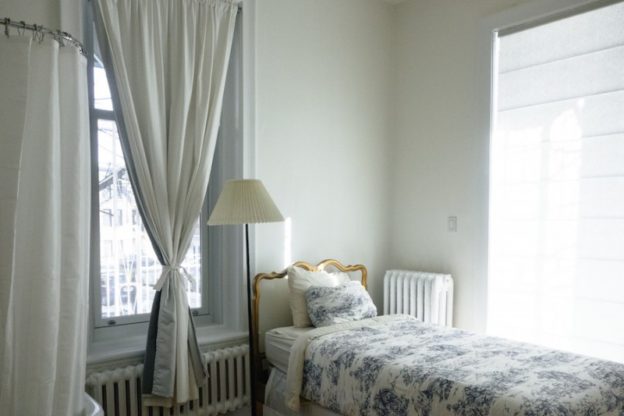(3 Minute Read)
Medical attention is often a necessary part of senior living, so necessary that it has to be part of a senior’s everyday life. Retirement communities, assisted living facilities, and nursing homes are the first options many seniors think of when considering their medical needs; however, in-home care is also an option, one that many retirees should consider. Here’s a look at the surprising low costs of in-home health care.
Assisted Living Costs
On average, the national cost per month for a one-bedroom apartment in an assisted living facility is a huge $3,450. If you are living on a fixed income, this might not be easy to pay every month on your own. Many seniors are forced to look for other ways to help fund their assisted living costs, often relying on the support of their children and family members.
In-Home Care
This is where in-home care can become beneficial. The average rate for a single in-home visit from a nurse or doctor is $135. If you require daily assistance, this number can easily add up to roughly $4,000 a month. However, many seniors don’t require assistance on a daily basis. The total costs for home visits decreases dramatically when they are only needed a few times a week. This is when in-home care becomes increasingly more appealing for seniors who are starting to require more medical attention but do not wish to leave their homes. In-home care can cover a wide range of needs, from home-health nursing, physical therapy, occupational therapy, doctor’s visits and more.
Who Receives In-Home Care?
According to a survey from Home Instead Senior Care, the following made up seniors who receive in-home care:
- 61% have mobility issues
- 48% were frail, due to muscle weakness, slow walking, exhaustion
- 43% have dementia
- 29% have Alzheimer’s disease
- 22% deal with after-effects of stroke
In-home care is usually reactionary to medical issues, but seniors also receive assistance with daily living functions, such as bathing, dressing, feeding, toileting, grooming, oral care, walking, and more.
Determining if In-Home Care is Right for You
In order to make the best decision, consider the different needs you or your family member may have. Seniors who require daily assistance might not be the best candidates for in-home care simply because the cost can become greater than that of assisted living arrangements. In any case, it’s important to list out what individual needs are present and compare those to your working budget to see what situation will be the best.
One way to help pay for the costs of in-home care, or assisted living, is by selling an unwanted or unneeded life insurance policy through a life settlement. To find out if you, or your family member, qualifies for a life settlement, check out our Qualification Calculator today!





